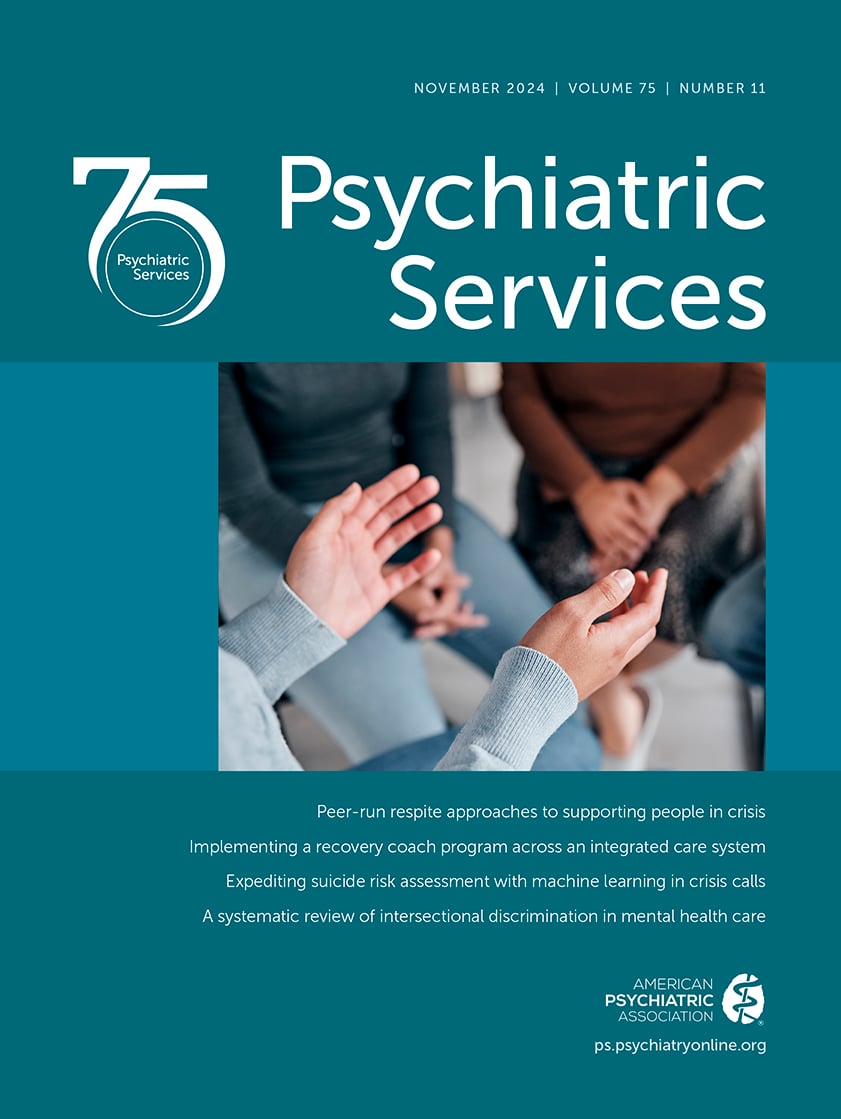Psychiatric Services
- Volume 33
- Number 12
- December 1982
Article
Publication date: 01 December 1982
Pages977–979For the past ten columns, we have been exploring questions of differential diagnosis and the ways to apply the Diagnostic and Statistical Manual of Mental Disorders, third edition, to the complexity of the clinical situation. We are now embarking on an ...
https://doi.org/10.1176/ps.33.12.977Publication date: 01 December 1982
Pages989–995Consultation-liaison prychiatry did not emerge as a prominent psychiatric subspecialty until the remedicalization of the psychiatric profession in the 1970s. The author traces the history of consultation-liaison and discusses the various definitions of ...
https://doi.org/10.1176/ps.33.12.989Publication date: 01 December 1982
Pages996–1001Thirty to 60 per cent of the patients in general hospitals suffer from significant psychological dysfunction or psychological dysfunction secondary to their medical illness. In addition to helping medically ill patients adapt to their illness and ...
https://doi.org/10.1176/ps.33.12.996Publication date: 01 December 1982
Pages1002–1005The authors report on an opinion survey of 200 nonpsychiatric attending physicians at a university teaching hospital about the process and outcome of consultation psychiatry. Over-all, physicians felt that 37 per cent of their patients had problems with ...
https://doi.org/10.1176/ps.33.12.1002Publication date: 01 December 1982
Pages1006–1009Community-based care of the chronic mentally ill requires the integrative efforts that generally fall under the rubric of case management. The authors describe models of case management according to three dimensions: the manager's degree of involvement in ...
https://doi.org/10.1176/ps.33.12.1006Publication date: 01 December 1982
Pages1010–1014Models for evaluating mental health treatment include the organizational model, the care-process model, the consumer-evaluation model, the efficacy model, and the community-impact model. Although organizational data (such as type of programs, number of ...
https://doi.org/10.1176/ps.33.12.1010Past Issues
View Issues Archive
Vol. 75 | No. 12

Vol. 75 | No. 11

Vol. 75 | No. 10
